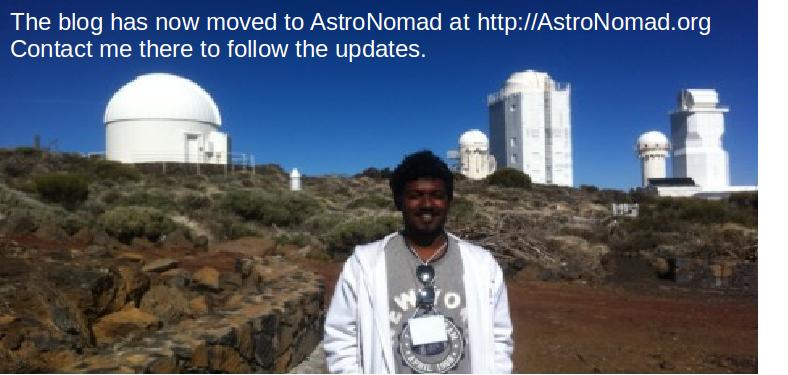Quadruple Transit of Saturn's Moons
Briefing:
A life time experience: Never miss it... A great extraordinary thing will take place on Saturn as forecast by scientific community.
According to Keith Noll of the Hubble Space Telescope Science Institute, there would be a quadruple transit of Saturn's moons. He said that Titan, Dione, Mimas, & Enceladus would pass directly in front of the Saturn and observers could see their silhouettes crossing the cloud-tops of the Saturn.
Hubble Space telescope would not be the only observer as it is possible for ground-based astronomers to witness this life time experience. However it is such that the ideal locations will be along the Pacific coast of North America, Alaska, Hawaii, Australia and East Asia.
Meantime on Feb. 8th, astrophotographer Christopher Go of the Cebu City in Philippines got a preview when Titan transited Saturn all by itself. He was able to record this clip with an 11-inch telescope:
 | " I woke up at one o'clock in the morning to photograph Titan's passage across the disk of Saturn, the sky was overcast, but I was fortunate to see the end of the transit through a break in the clouds. The emergence of Titan was really stunning because it gave the moon a 3D appearance!" Go said. |
The movie begins at10:54 UT (2:54 a.m. PST) on 24th Tuesday morning as Titan's circular shadow falls across Saturn's cloud-tops. After 40 minutes the ruddy disk of Titan would be seen moving over the clouds.
"Titan is pretty big and you could easily look through the eyepiece of a small-telescope and you wouldn't require special equipment" Go says.
As Titan commences the procession, his other counterparts Mimas, Dione, Enceladus will approach the Saturn background respectively. The climax will be at 14:24 UT, casting the shadows of all four satellites simultaneously on Saturn's disk.
| To photograph the smaller moons, you'll need a mid-sized backyard telescope equipped with a good CCD camera. Right - An animation of the quadruple transit prepared by amateur astronomer Christopher Go using the program Winjupos. |  |
Earlier Episodes
 | Left: A Hubble photo of Titan and Tethys transiting Saturn in 1995. Credit: E. Karkoschka (University of Arizona) and G. Bacon (STScI) |
Observations conducted through Hubble Space Telescope naturally naturally become embedded with Hubble Heritage Project, which is a 10-year outreach effort aimed at producing images of exceptional beauty for the general public. And Noll, one of the project leaders, says that only 0.5% of Hubble's observing time is devoted to Heritage work, and that they are picky about their targets. He thinks the quadruple transit could rank among the best planet-shots ever taken, in Hubble's archive. Perhaps the analysis of images might lead to new theories and wider understanding about the Saturn's moons and their atmosphere. Saturn could be used as a backlight to determine the size and transparency of Titan's atmosphere apart from Cassini's involvement. The study of reflectivity of ring particles could also be of great importance.
Important:
To find Saturn on Feb. 24th, look southwest before sunrise. The planet is easy to see shining like a golden first-magnitude star in the constellation Leo By cosmic coincidence, Feb. 24th is also the date Comet Lulin makes its closest approach to Earth--and the comet is right beside Saturn! Using a small telescope you can catch a comet, a ringed planet and a quadruple transit; it's a nice way to begin the day. Clear Skies obviously....





0 Comments:
Post a Comment